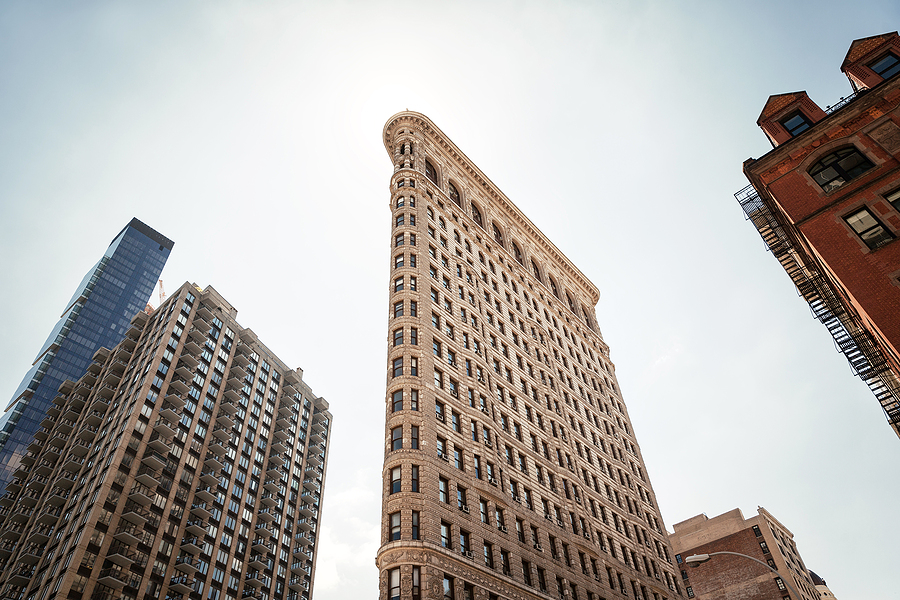Industry Interest and Opportunity Grow for Commercial Conversions
By Brian Earley
More than four years after the COVID-19 pandemic shuttered New York City, commercial real estate vacancy rates remain high. The continuing tension between companies and employees over return-to-office mandates is one contributing factor. Also, tenants are favoring new, upscale properties over older buildings. Consequently, more building owners, property managers, and developers are expressing interest in converting vacant commercial space to residential.
Challenges of Commercial Conversions
Light and air. From a code and zoning perspective, the differences between the “occupiable space” of an office building and the “habitable space” in a multiple dwelling create challenges. Specifically, “habitable space” requires natural ventilation from “windows and/or glazed doors to the outdoors” (BC 1203.5.1.2) and natural light “by means of exterior glazed openings” (BC 1205.1).
Even modern office buildings, which often have an abundance of natural light, have issues with residential conversions. Another section of the city’s building code (BC 1203.5.1.2.4) limits the depth of a habitable room to 30 feet “unless such room also opens onto a court” that satisfies light and air requirements.
Zoning. New York City only permits residential buildings in certain zoning districts. Some commercial districts allow residential use; others don’t. A few manufacturing districts permit residential use but require specific circumstances. For instance, certain areas of Manhattan allow conversions for buildings completed before December 15, 1961. Other manufacturing districts only allow residential use with a special permit from City Planning.
Even special mixed-use districts have specific regulations and limitations regarding residential buildings.
Floor Area Ratio (FAR). With notable exceptions, the maximum floor area in commercial conversions cannot exceed the maximum residential FAR for the zoning district. This is often a challenge in a high-density commercial district, although residential FAR typically exceeds commercial FAR in lower-density commercial districts.
Increased Opportunities for Residential Conversions
It might sound like commercial conversions are a pipe dream, but doors are opening as the city strives to address the ongoing housing crisis through efforts like the Office Conversion Accelerator Team. The Zoning Resolution already includes language that permits the conversion of commercial properties existing before December 15, 1961, located in specific community boards or special districts. These properties, which pre-date the Zoning Resolution, often have additional floor area and/or rear and side yards, compared to newer buildings. In addition, city leaders are considering additional amendments that would facilitate conversions of newer commercial properties built before 1990.
The Metropolis Technical Affairs Division can help building owners, developers, and property managers assess the feasibility of converting a specific commercial property through due diligence, including a zoning study and analysis. We can also discuss the general conversion process to help owners and developers decide whether to take advantage of programs such as the Affordable Housing from Commercial Conversions for Tax Incentive Benefits (AHCC). Contact Metropolis Group at 212.233.6344 to learn more.


